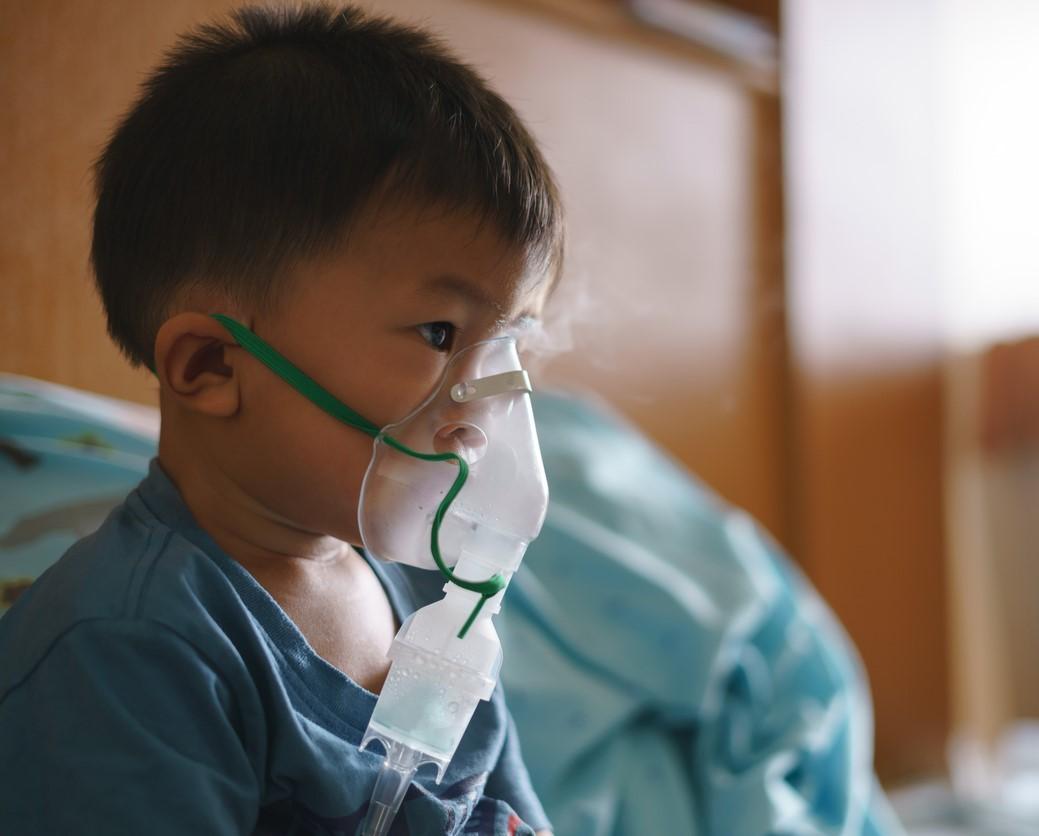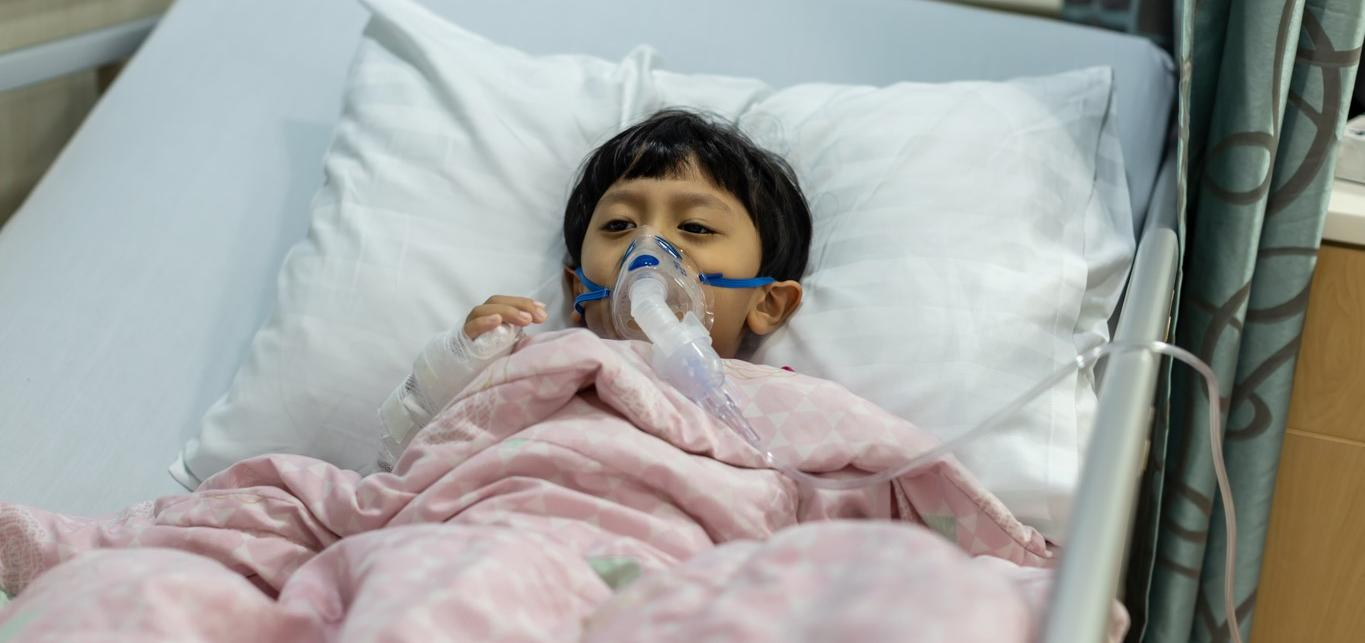
A study published late last week in JAMA Network Open finds that, among US preschoolers, the rate of respiratory syncytial virus (RSV) hospitalizations and intensive care unit (ICU) cases rose in 2021 and 2022 during the COVID-19 pandemic compared with 2015 to 2019, with the greatest increase in those 2 to 5 years old.
The retrospective cohort study included 924,061 children younger than 5 years diagnosed with RSV and bronchiolitis at 50 children’s hospitals in 10 geographic regions across the United States.
Before the COVID-19 pandemic, RSV had a seasonal peak in North America, but in the winters of 2020 and 2021, there was a dip in cases as COVID mitigation efforts also reduced and altered transmission patterns of RSV. In 2021 and 2022, the virus appeared to peak early in several states and to cause more severe illness.
20% of hospitalized kids needed ICU care
The average age of participants was 8 months, 58.0% were male, and 37.7% were diagnosed with RSV, with 54.0% of those diagnosed with the virus needing hospitalization.
Hospitalization rates rose for all age-groups in 2021 and 2022 compared to the prepandemic period, with children aged 2 to 5 years 4.86 (95% confidence interval [CI], 4.75 to 4.98) times more likely to be hospitalized in 2022 than in 2015 to 2019. Infants aged 0 to 5 months were 1.77 (95% CI, 1.74 to 1.80) times as likely to be hospitalized.
RSV was also tied to more ICU use in the study, with a higher portion (19.7%) of kids with RSV admitted to ICUs than those with non-RSV bronchiolitis (8.6%).
The increased incidence of RSV among older children "has implications for newly available prevention strategies (eg, monoclonal antibodies), for which older children are not currently eligible," the authors concluded.












